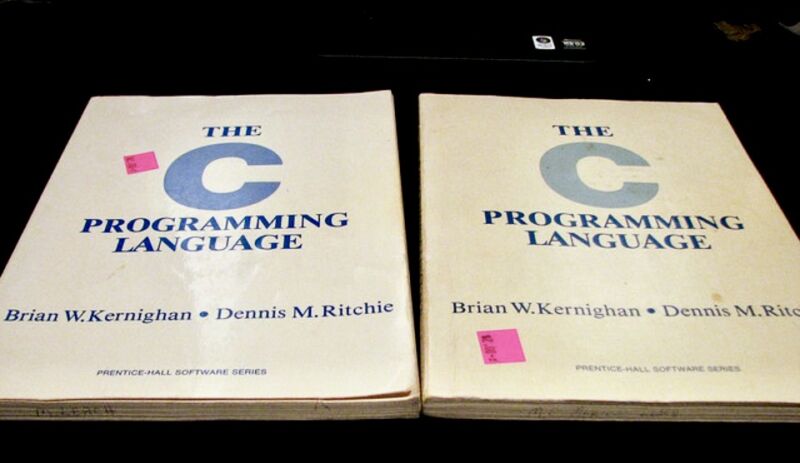- Joined
- Apr 1, 2005
- Messages
- 2,030
- Reaction score
- 2,719
Vintage electronics for trusted radiation measurements and verified dismantlement of nuclear weapons
Information barriers are trusted measurement systems to confirm the authenticity of nuclear warheads based on their radiation signatures. Traditional inspection systems rely on complex electronics both for data acquisition and processing. Several research efforts have produced prototype systems, but it has proven difficult to demonstrate that hidden switches and side channels do not exist. After almost thirty years of research and development, no viable and widely accepted system has emerged. We pursue a fundamentally different approach: Our prototype of an inspection system uses vintage hardware built around a 6502 processor. The processor uses 8-micron technology and has only about 4,200 transistors. Vintage electronics may have a number of important advantages for applications where two parties need to simultaneously establish trust in the hardware used. CPUs designed in the distant past, at a time when their use for sensitive measurements was never envisioned, drastically reduce concerns that the other party implemented backdoors or hidden switches on the hardware level. We demonstrate the performance of a prototype system using an Apple IIe and a custom-made open-source data-processing board connected to a standard sodiumiodide radiation detector for low-resolution gamma spectroscopy. Data processing and analysis is exclusively done on the Apple IIe hardware...
Information barriers are trusted measurement systems to confirm the authenticity of nuclear warheads based on their radiation signatures. Traditional inspection systems rely on complex electronics both for data acquisition and processing. Several research efforts have produced prototype systems, but it has proven difficult to demonstrate that hidden switches and side channels do not exist. After almost thirty years of research and development, no viable and widely accepted system has emerged. We pursue a fundamentally different approach: Our prototype of an inspection system uses vintage hardware built around a 6502 processor. The processor uses 8-micron technology and has only about 4,200 transistors. Vintage electronics may have a number of important advantages for applications where two parties need to simultaneously establish trust in the hardware used. CPUs designed in the distant past, at a time when their use for sensitive measurements was never envisioned, drastically reduce concerns that the other party implemented backdoors or hidden switches on the hardware level. We demonstrate the performance of a prototype system using an Apple IIe and a custom-made open-source data-processing board connected to a standard sodiumiodide radiation detector for low-resolution gamma spectroscopy. Data processing and analysis is exclusively done on the Apple IIe hardware...


